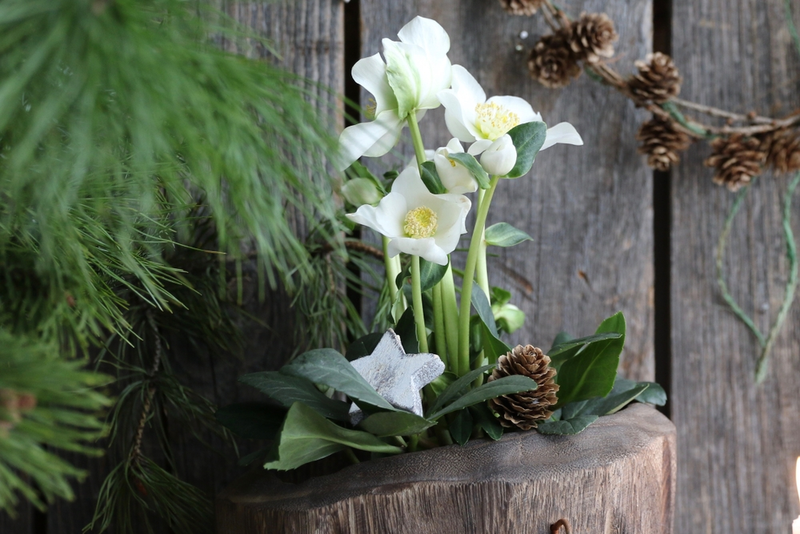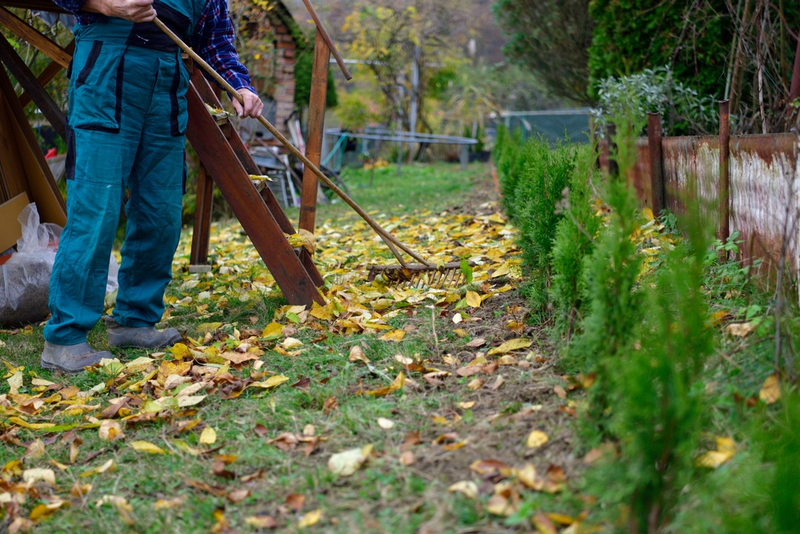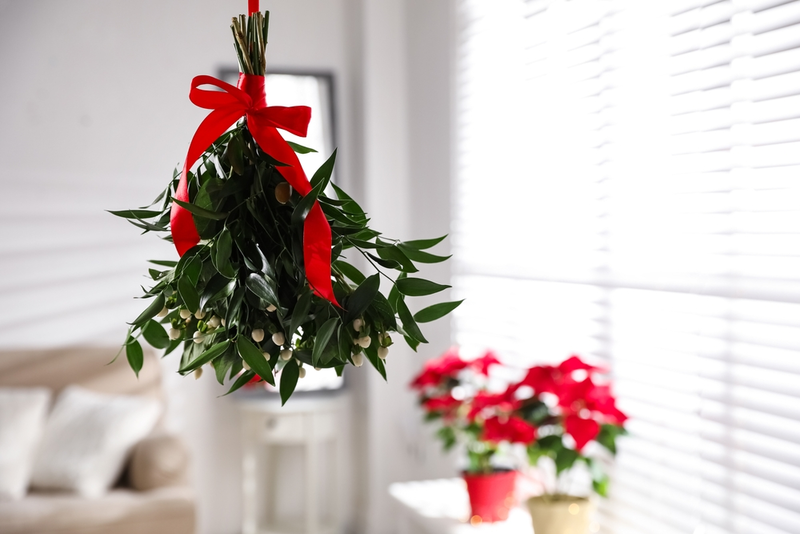Square foot gardening enables gardeners to make the best use of their space to grow a wide range of food crops. It was developed in the USA by retired engineer and amateur gardener, Mel Bartholomew. Mel applied his town planning experience to lay out a vegetable garden in the most efficient way and came up with the Square Foot Gardening method, now used by humanitarian groups worldwide in the fight against poverty and hunger. You can benefit from this method in your garden, too – here’s how to get started with square foot gardening.

How to Make a Square Foot Garden in 5 Easy Steps
Square foot gardening is often done in raised beds. A square foot garden allows people to grow food on a patio or a sunny balcony. However, you can also plant directly into the ground if you have the space.
- Construct a raised bed using wooden planks, bricks, sleepers, or any other material you have at hand. A 4ft x 4ft (1.2m x 1.2m) square bed allows all areas of the bed to be reached from the sides, with no need to walk on the bed. Your bed can be smaller if necessary, as long as it can be divided into 1ft squares.
- Line the base and inner sides of the bed with plastic to stop the wood from rotting and prevent weeds from growing through from below. Make a few holes in the liner for drainage.
- Fill the bed with compost.
- Lay a grid on top of the compost dividing the bed into squares of 1ft x 1ft (30cm x 30cm). The simplest way to do this is using string and pegs.
- Your square foot garden is now ready for planting!
How to Plant a Square Foot Garden
In square foot gardening, each square can be planted with a different crop, allowing a wide range of crops to be grown in a small space. The number of plants per square depends on the type of crop being planted in that square. Square foot gardening experts have drawn up lists of planting densities for a whole range of different crops. Here are some examples – full lists are available online.
One plant per square:
- Celery
- Kale
- Potatoes
- Peppers
Four plants per square:
- Basil
- Leeks
- Lettuce
Eight or nine plants per square:
- Green beans
- Beetroot
- Peas
- Spinach
Sixteen plants per square:
- Carrots
- Parsnips
- Radishes
Tips on Laying Out Your Square Foot Garden
- Tall plants are best in the centre of the bed, with shorter plants at the edge.
- Place sun-loving plants on the north side of the bed and those that need some shade on the south side.
- Some plants don’t grow happily together. For example, beans should be placed far away from onions and garlic, and it’s said that strawberries don’t grow well near cabbages. Experiment in your garden and see what works best for you.
Our centre has a fantastic range of vegetable and herb seeds and seedlings. Visit us today to get your square foot garden started!




